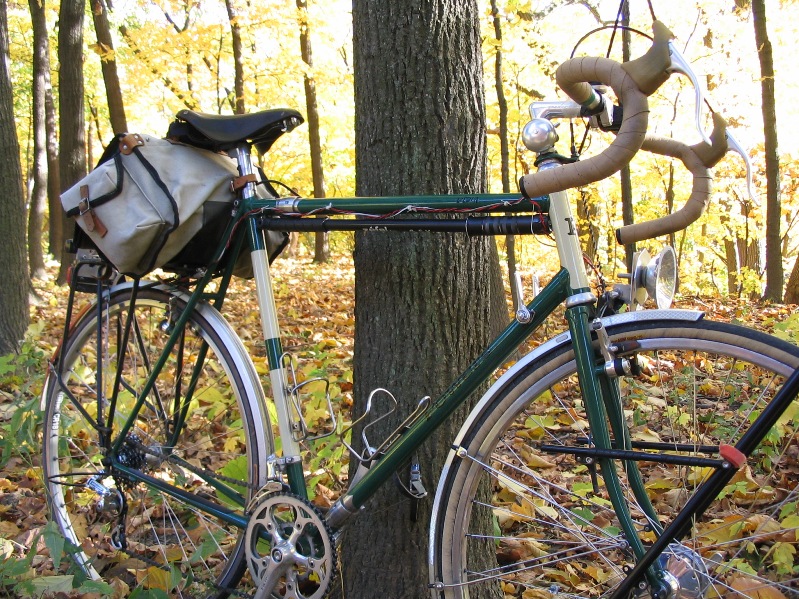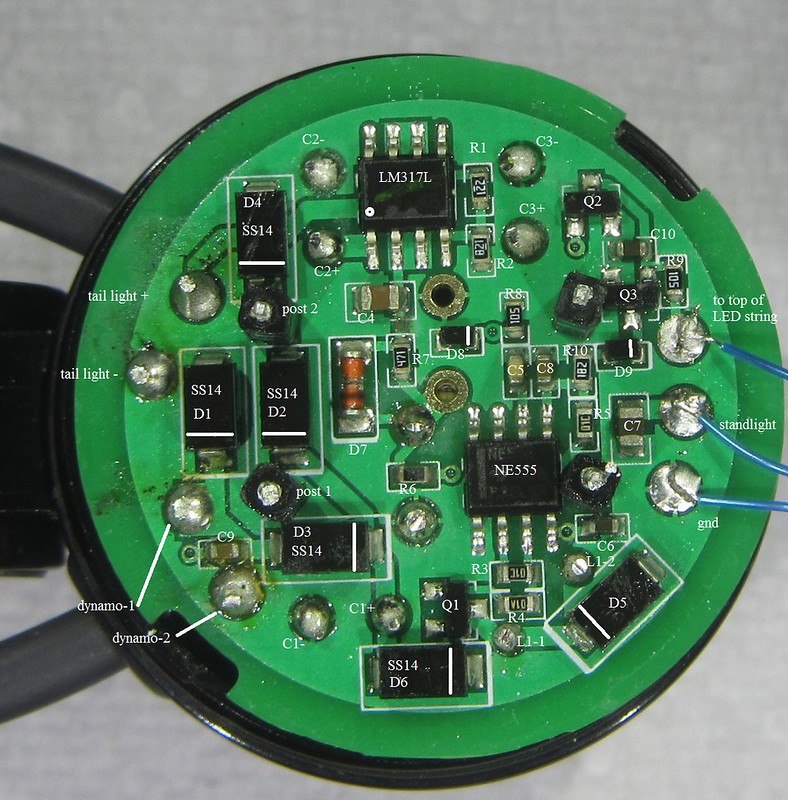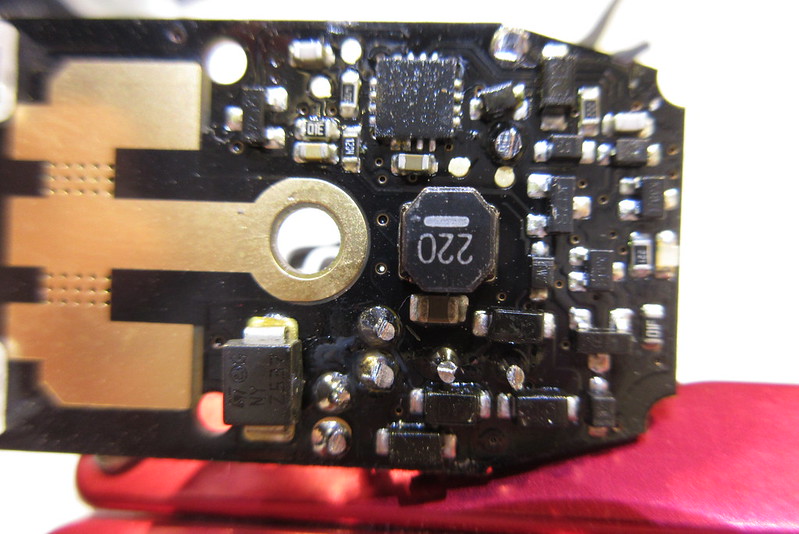Originally Posted by
unterhausen
The slip ring idea is mostly about cleaning up the bike and an homage to the past, at least for me. For reliability, running a wire externally is the most repairable, but there is some potential for snags. I have never had that kind of problem though, and I run dynos on all my off-road and all-road bikes. I have thought about adding mounting loops for the wire, but never done it. A slip ring is just unfamiliar. I take it that there are examples that have been in service for many decades without issue, so that gives me some confidence. There is a lot to be said for wires completely concealed inside a frame. rhm and I and 50 of our closest friends did a ride at the end of summer where our bikes were transported and moved around by other people. Nothing happened to my bike, but it wasn't without stress.
If you ever look at the circuits inside dyno lights, most of the good ones are ridiculously complicated. Input protection is key. I had a supernova that disassembled itself, so I looked at the circuitry. It scared me so much I just put it back together and shipped it off to Peter White. Crummy light anyway. I took apart a BuM taillight to remove the fixed ground connection, and it was more complicated than I thought it should be. And that taillight isn't rated to be used by itself without a headlight. I'm still interested in taillight design, but I gave up on headlight design once I became a convert to the joys of shaped beams.
just to pick up on some of your points...
I had a touring/commuting/travel frame built by a local-ish fellow back in the year 2000. I knew that I would use a dynamo and needed a better way to route the tail light wires than what I'd been using (velco??). I was leaning towards brazing some M3 nuts onto the top tube, similar to bottle braze-ons, but the builder thought loops were a lot more practical to build. It turned out fine. In retrospect, I should have had some loops on the fork blade too.

Functionally, it's been fine.
Aesthetically... I really should switch over to using black wires, just to not be so annoying.
Of course, in this photo, the headlight is so ugly that no one would notice the wires. I've gone to a less awful looking headlight housing since.

I could take a better shot of the loops themselves if there is interest.
Regarding modern dynamo light complexity and design, I fixed a Supernova Triple headlight for a fellow about a year ago. There was a lot of damage (the lesson is to not hook it up to an E-bike battery), so I had to reverse engineer the whole thing, as well as replace most of the semiconductors.
Overall, I was impressed with the quality of the design and materials. Very nice! It resembled industrial electronics instead of the commercial type of construction of B&M lights.
The circuit design used parts that were very standard and common. That made repair practical. No microcontroller, which meant that there were no fancy or confusing modes of operation.
Here's a shot of the circuit board. If anyone needs/wants to see the schematic, please PM me.

On the cheaper, more commercial end of the spectrum, I've got a dead B&M Eyc that I hope to use for experiments (hopefully the experiments won't be too gruesome.

)
It's a tiny light, but the circuit board still uses a microcontroller, a light sensor (IIRC), and a lighted switch. The parts are all quite modern and small; i.e. not practical to repair.
Too bad that they don't use some conformal coating to keep moisture off of the board, or use a water-tight housing.
here's a poor photo of the circuit board:

I haven't touched this since the weather became suitable for riding lots of miles. My hope is to get back to it soon.
Steve in Peoria